From Source to Sip: Why These Nuts?
Soil, climate, growing methods, and the hands that cultivate each tree — all of these shape the unique flavor of every nut. That’s why we’ve traveled around the world, tasting countless varieties to find the very best. The nuts we’ve chosen aren’t just high quality — they each have a story and a reason for being here. Learn what sets them apart — and why it matters.
The Journey of Our Nuts

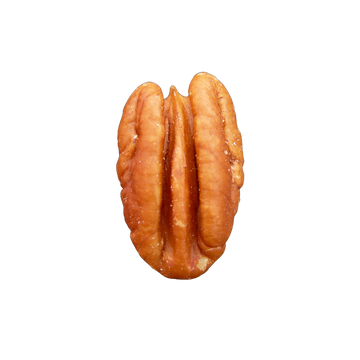
Pecans
Pecans have been grown in Georgia for over 150 years, making them a deep part of the state’s heritage.
Georgia is the largest pecan-producing state in the U.S., growing about one-third of the nation’s pecans.
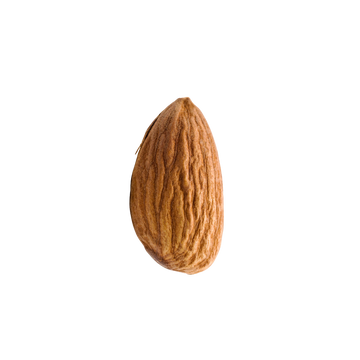
Almonds
- California grows 80% of the world’s almonds — a true powerhouse!
- Spain is Europe’s top almond producer, with a 2,000-year history of cultivation.
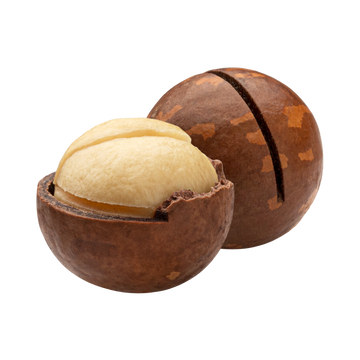
Macadamia
- Kenya is one of the fastest-growing producers of macadamia nuts in the world.
- Macadamia nuts are named after Dr. John Macadam, an Aussie scientist and friend of the botanist who first described the tree in 1857.
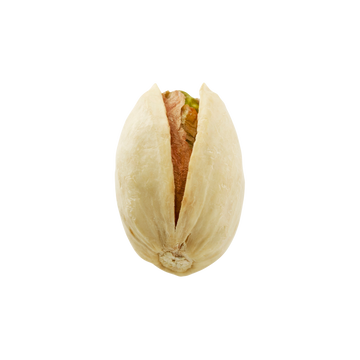
Pistachios
- Arizona ranks as the second-largest pistachio producer in the U.S., growing over 9,000 acres mostly in its sun-soaked southern regions.
- Lebanese pistachios are often smaller than other varieties but pack a powerful punch of flavor and aroma.
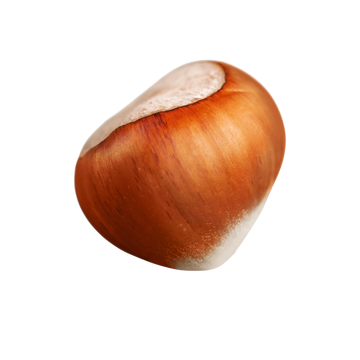
Hazelnut
- Hazelnuts have been a part of Turkish agriculture and culture for over 2,000 years and they’re now the #1 Producer, growing over 70% of the world’s hazelnuts.
- Hazelnuts are so important to Turkey, they’re sometimes called “green gold.”

Almonds
- The Marcona Spanish almond, often called the “Queen of Almonds,” is sweet and buttery.

Macadamia
- Guatemalan macadamias have such a smooth and mellow flavor that they’re often called the “butter of the nut world.”
- After harvesting, Kenya’s macadamias are often sun-dried to naturally enhance their bold flavor and satisfying crunch.

Pistachios
- In Lebanon, the pistachio harvest season is a festive time, with communities coming together to celebrate this prized crop.
- Pistachio trees take about 7-10 years to mature before producing a full crop, so growers truly invest in the long haul!

Hazelnut
- In Oregon, they’re often called “filberts”—a name brought over by French settlers.
- In 1989, Oregon officially named the hazelnut its State Nut. (Yes, that's a thing!)
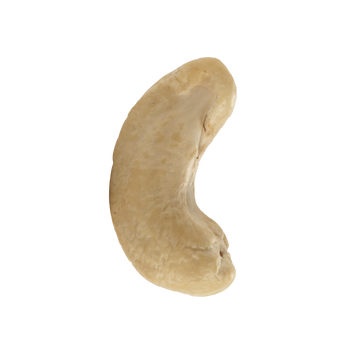
Cashew
- Cashew trees were actually introduced to India by Portuguese explorers in the 16th century — they are originally from Brazil!
- The cashew industry in India supports millions of farmers and workers, especially women in rural areas.
- The famous Indian sweet “kaju katli” is made from cashew nuts and is a staple at celebrations and festivals.















